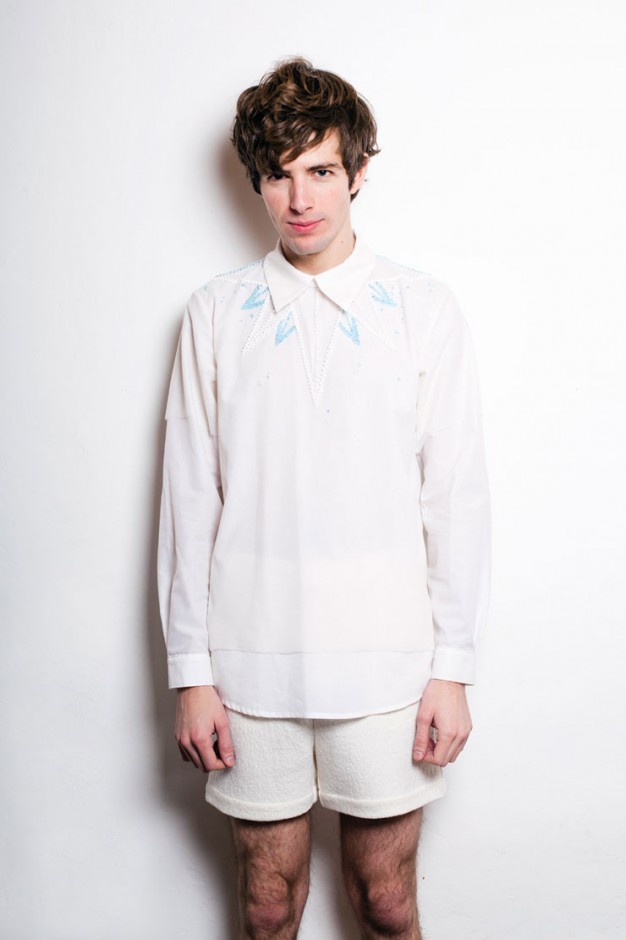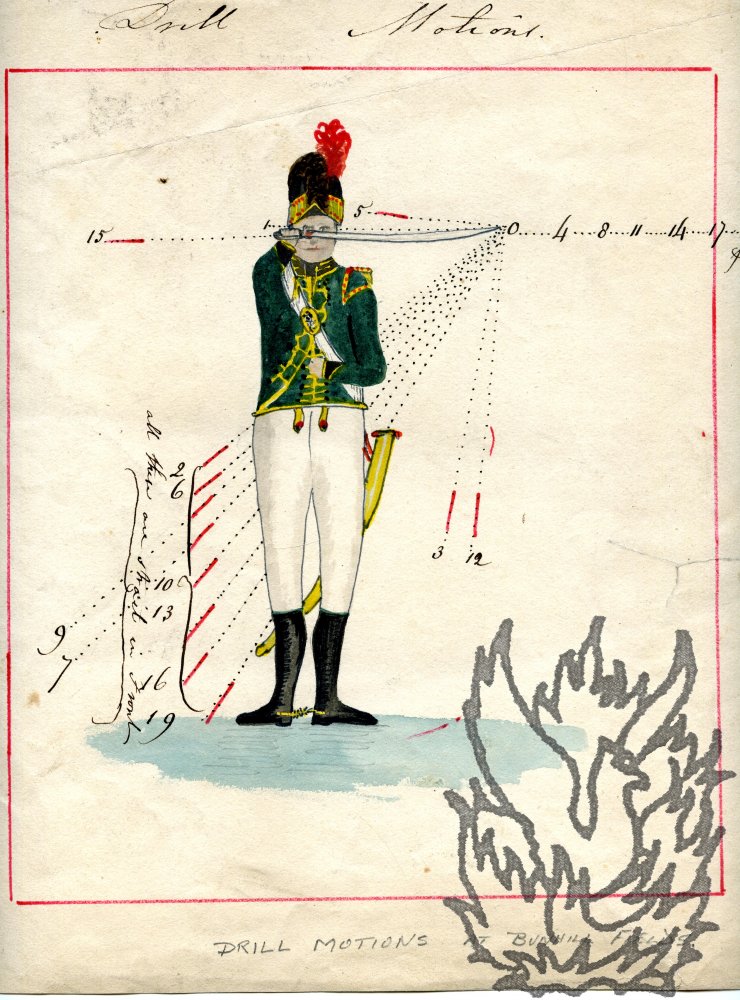

So political figures wear clothing in order to express the authority of their position. And to some extent, that's still true today. I mean, if you look back to, for instance, Queen Elizabeth I, it's very clear that she cared about the power of fashion and that her clothing wasn't just a fashion statement, but it was a symbol of her authority and her power. And this has been true throughout history. THOMPSON FORD: The dress that a political figure wears is of importance for their position of authority. The fact that this became a subject of debate, what does that tell you about this moment? The reason why I'm asking this is because of those dueling images of Vice President Harris. So I wanted to delve into why people care so much about clothing, and that got me interested in looking at the history of rules and regulations around dress.ĬORNISH: For Black women, there have been a lot of implications here - right? - in terms of the ways we're asked to comply with various dress codes, especially when it comes to hair. And what was striking to me was that both sides, the employer and the employee, really cared about these dress codes - how people dressed, how people presented themselves, so that someone would be willing to give up a good job because they didn't want to comply with the dress code employer would be willing to give up a good employee who wouldn't comply with the dress code. One, I teach civil rights and employment discrimination, and I was surprised by how many disputes involve dress codes of one kind or another - employees, for instance, that defy dress codes that require makeup for women, that require particular types of hairstyles. THOMPSON FORD: Well, there are a couple of reasons.

But how did a Stanford law professor end up writing a book about the history of fashion? RICHARD THOMPSON FORD: Thanks for having me on.ĬORNISH: We're going to get to this "controversy" - air quotes (laughter) - that I talked about in the introduction. His new book is called "Dress Codes: How The Laws Of Fashion Made History."

So why does it matter what the first woman to hold the office of vice president wears and which image was chosen? Well, we want to talk about this with Stanford law professor Richard Thompson Ford. It was the uniform she wore on the campaign trail.

For the hard copy, a picture of a more casual Harris - black pants, brown blazer, her signature Chucks. For the online version, a picture of Kamala Harris in this sleek, sophisticated blue suit, a look befitting the first woman and woman of color to be vice president. Remember a few weeks back, when the vice president-elect appeared on the cover of Vogue? A controversy erupted over which pictures the magazine chose for the cover shot.


 0 kommentar(er)
0 kommentar(er)
